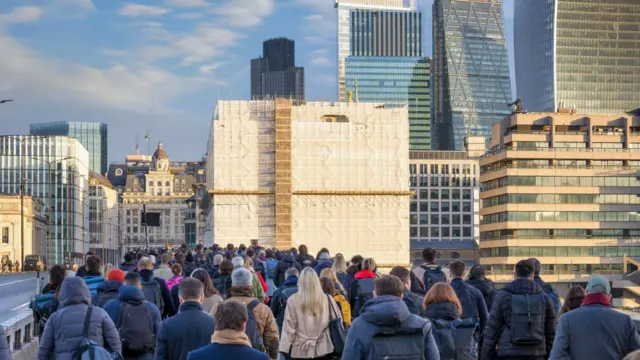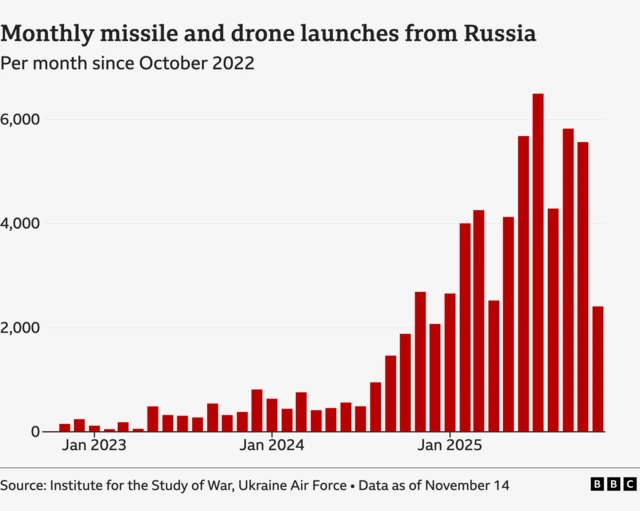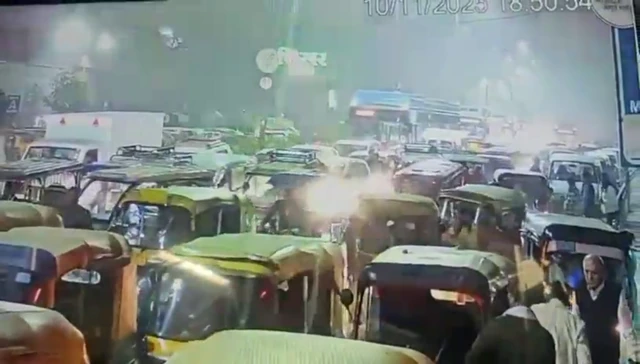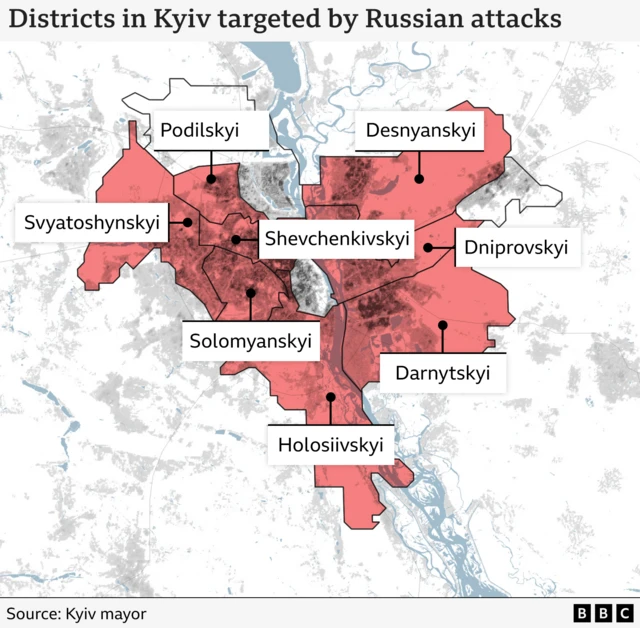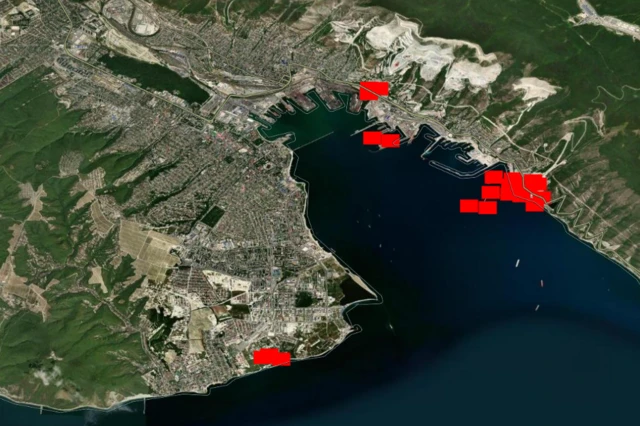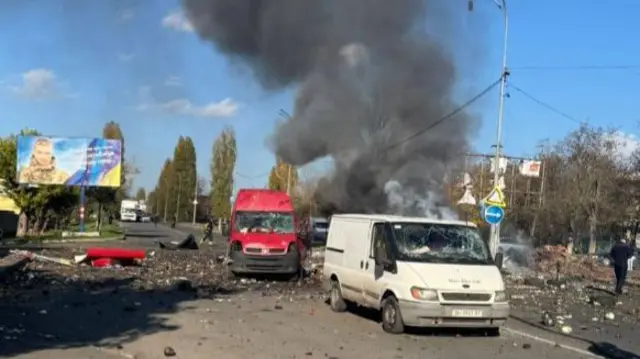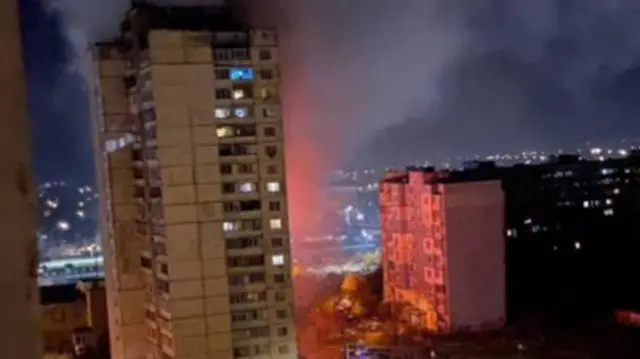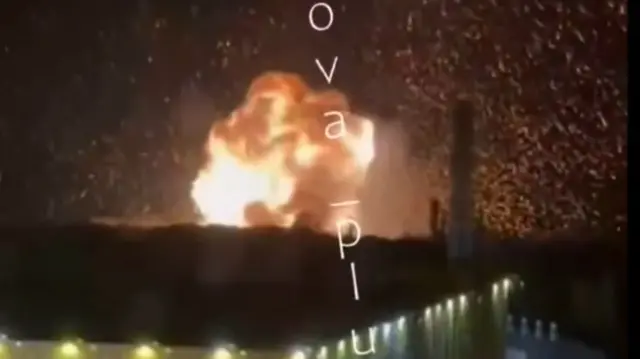Investigating attacks on Ukraine, and resident doctor strike claimspublished at 17:20 GMT 14 November
 Adam Durbin
Adam Durbin
BBC Verify Live senior journalist
We’ll be closing our live coverage for the week shortly, so here’s a brief overview of what we’ve been reporting on today.
The verification team has been taking a close look at strikes in Ukraine, after Russia launched more than 400 drones and nearly 20 missiles overnight. We’ve examined:
- Damage to residential buildings in the capital Kyiv, where at least six people were killed
- A deadly strike on a market in a city in the Odesa region which killed at least two people
- Which districts of Kyiv and regions of Ukraine were hit
- The broader context of Russia’s aerial strike campaign since 2022
Keep an eye-out on BBC News social media accounts later for our reporter Olga Robinson’s analysis of what’s going on in Ukraine.
Plus, our fact-checkers have been digging into the numbers behind the resident doctors’ strike in England, including examining claims about their pay being nearly 20% lower than in 2008 and how many specialism training places are available for medical school graduates.
BBC Verify Live will be back on Monday, but our colleagues here in London and in Washington DC will be working tonight and over the weekend to inform the BBC’s coverage.
